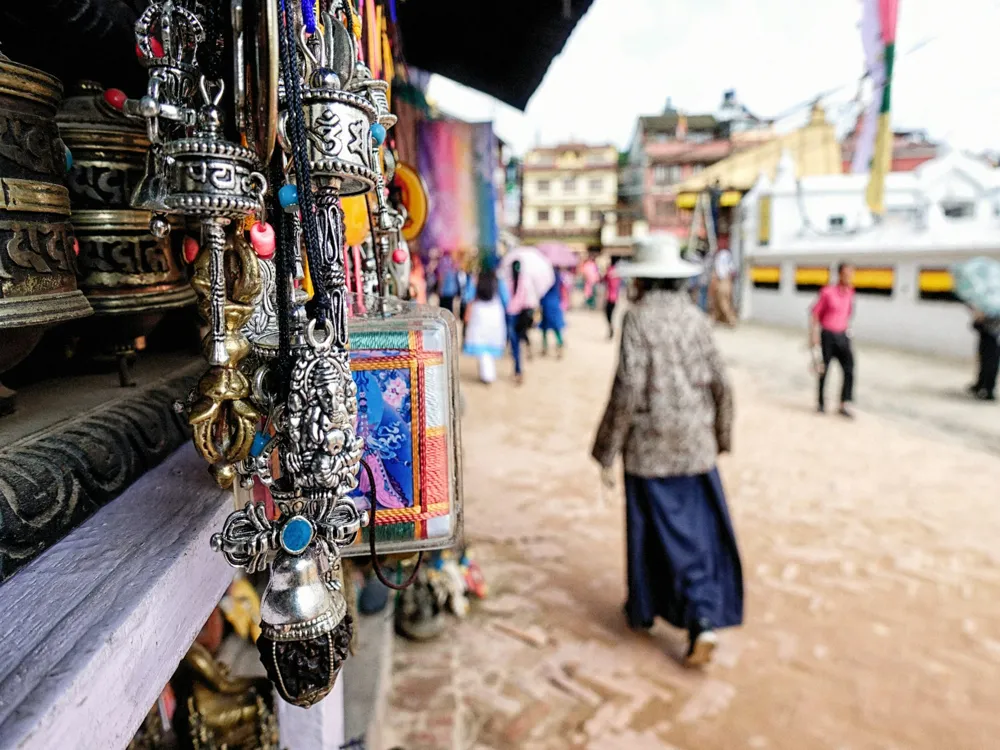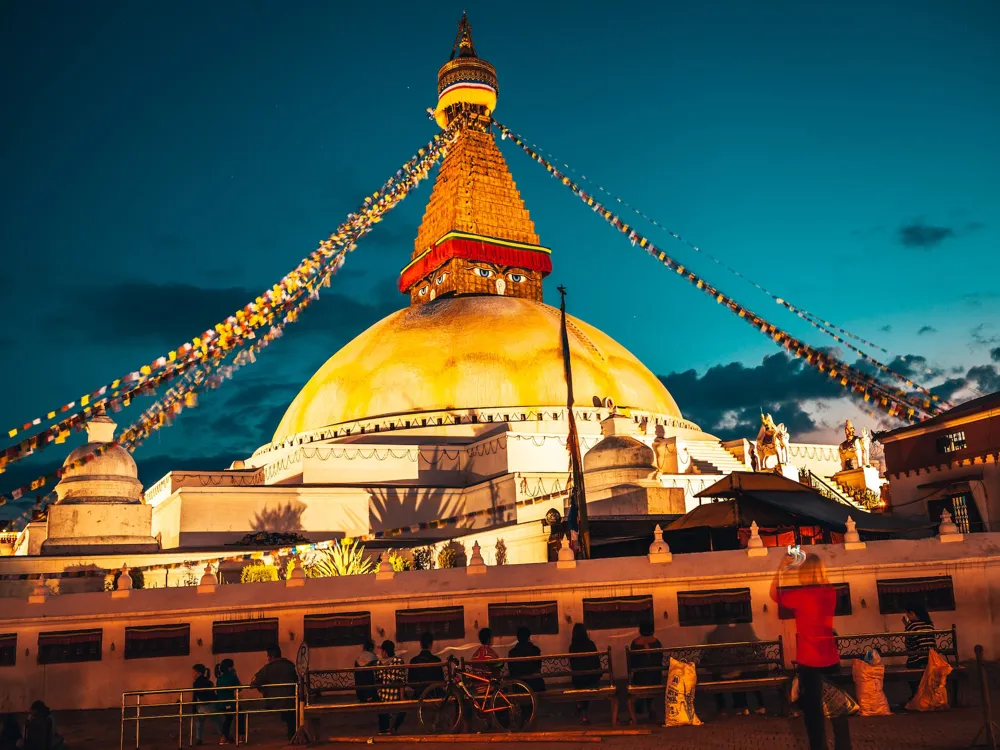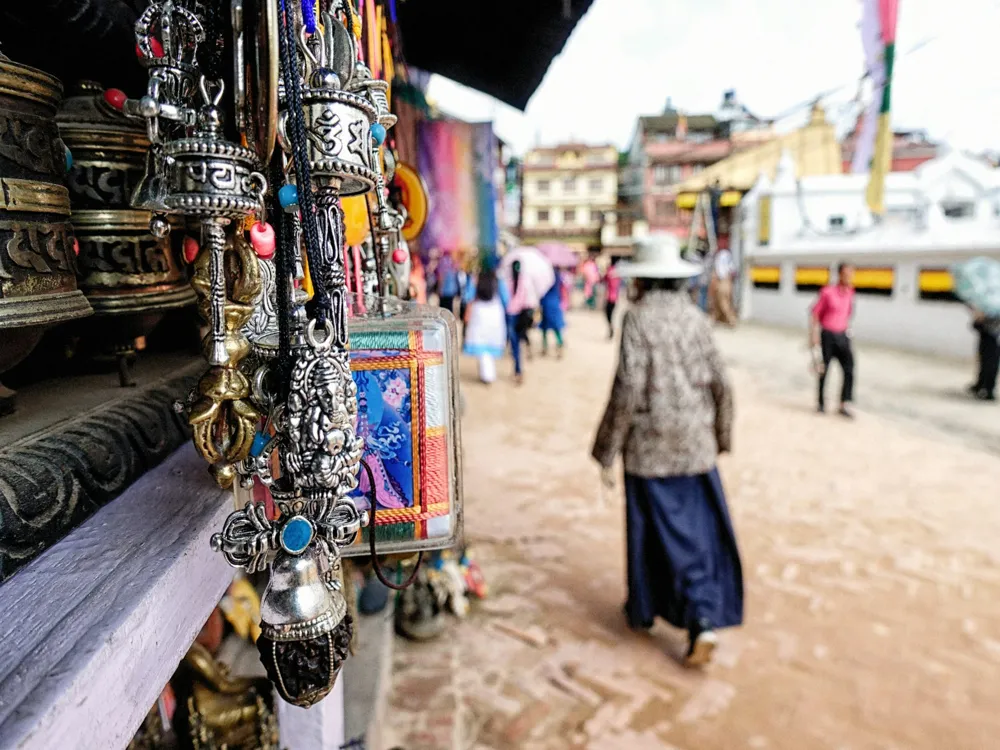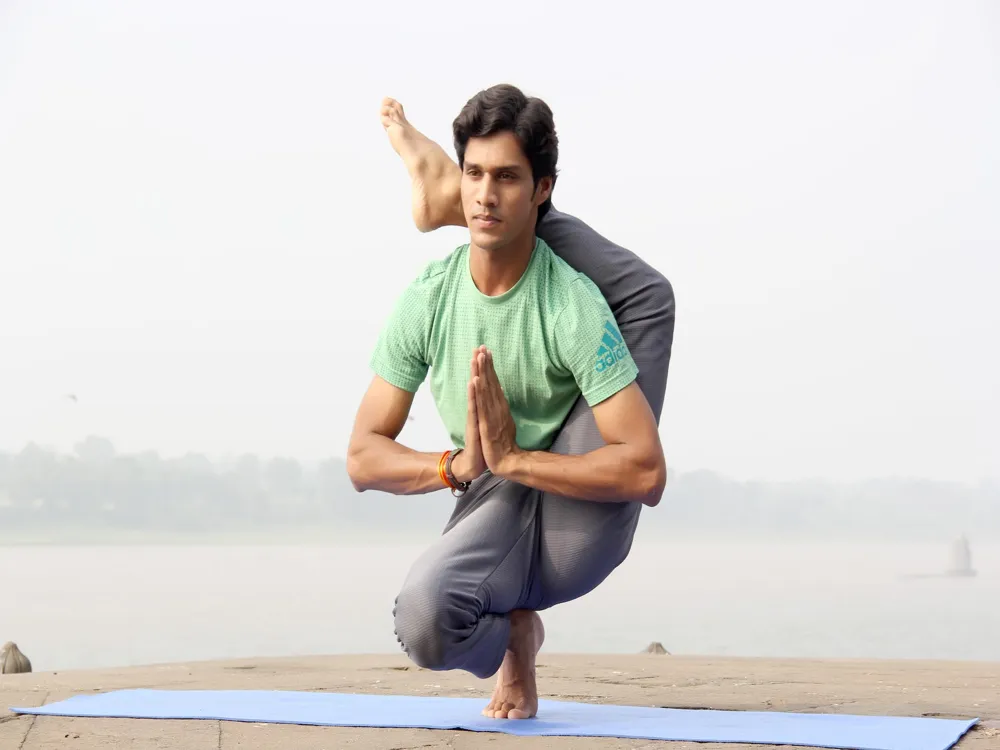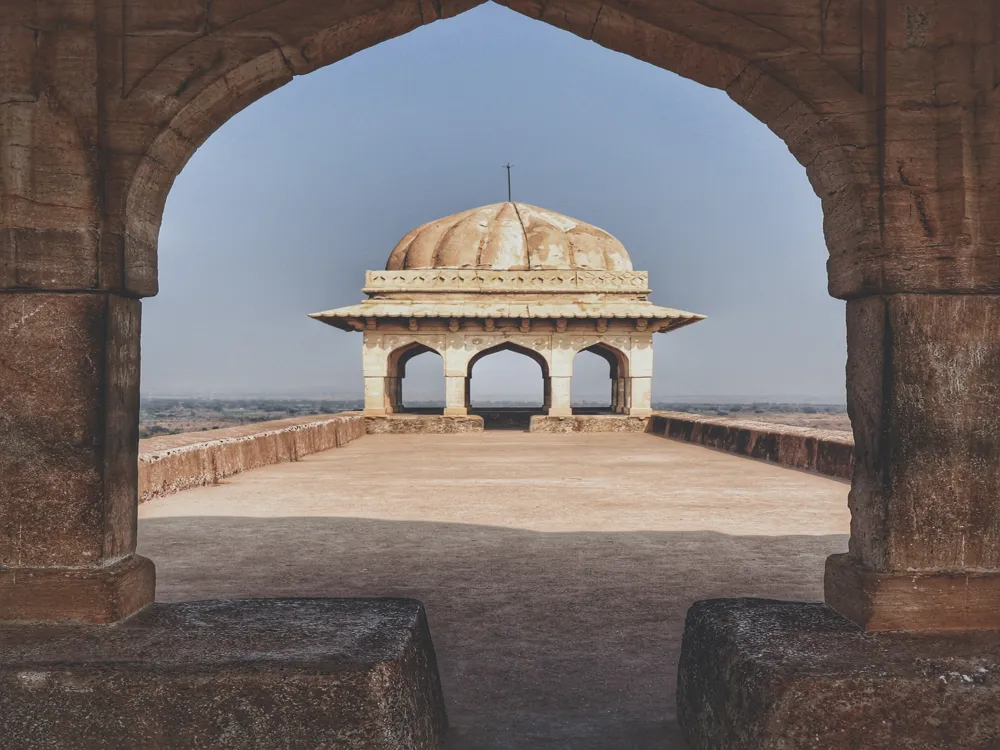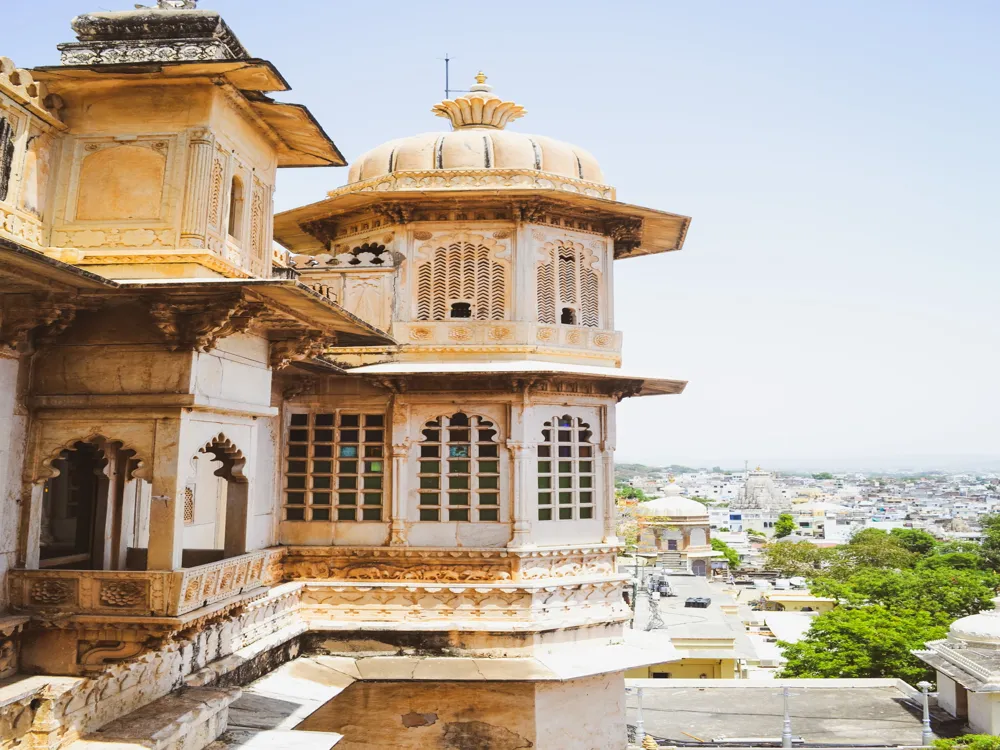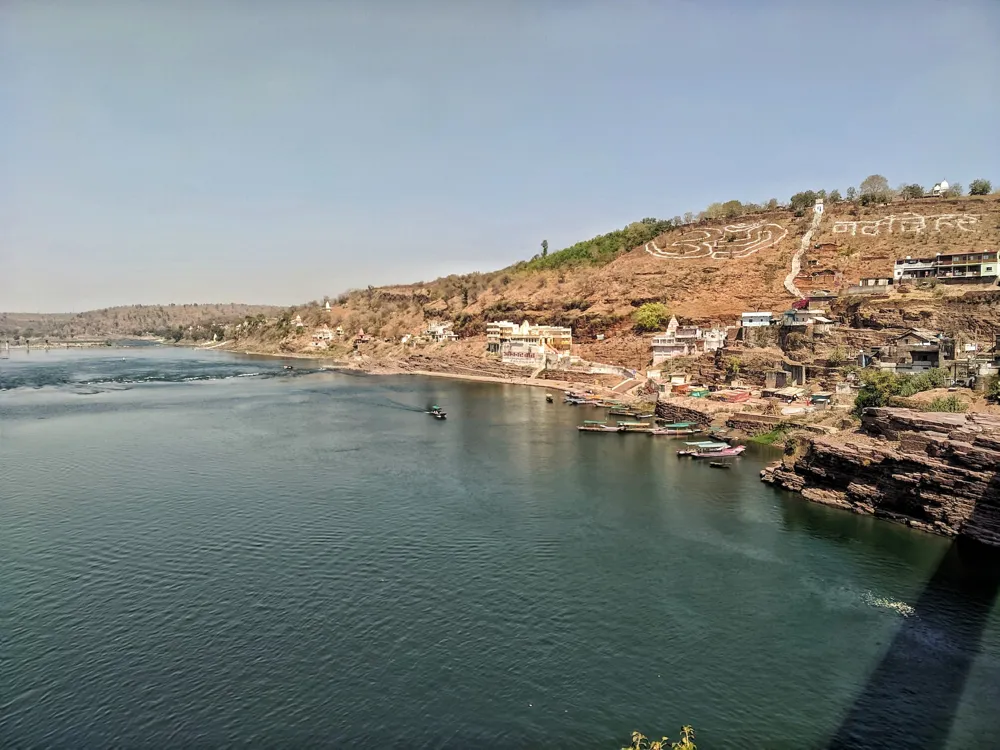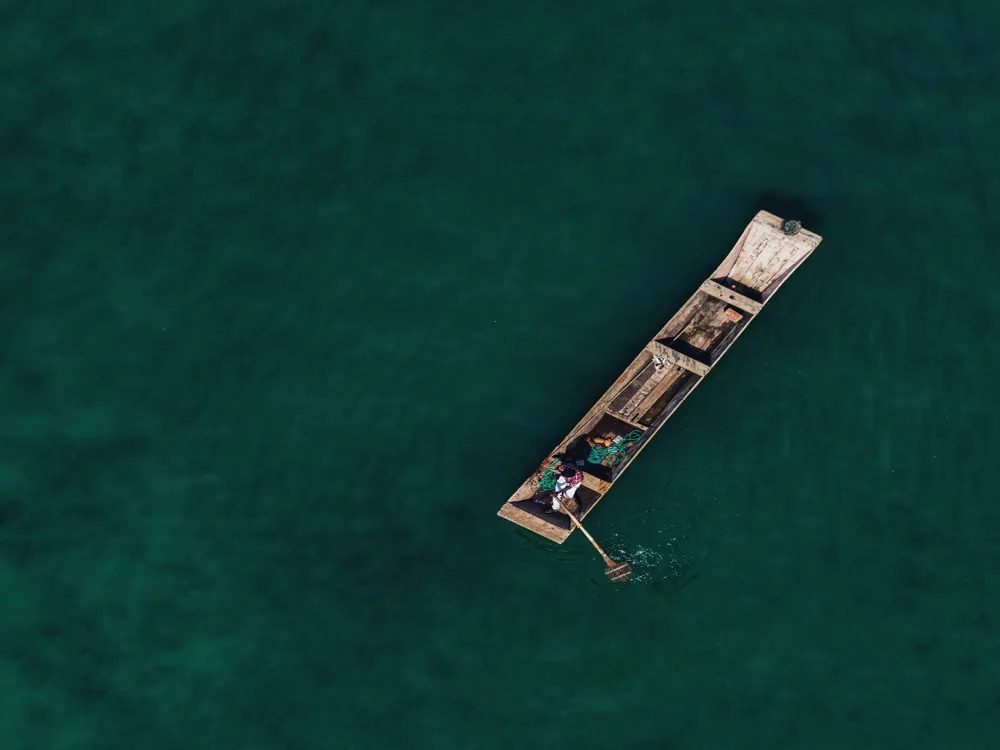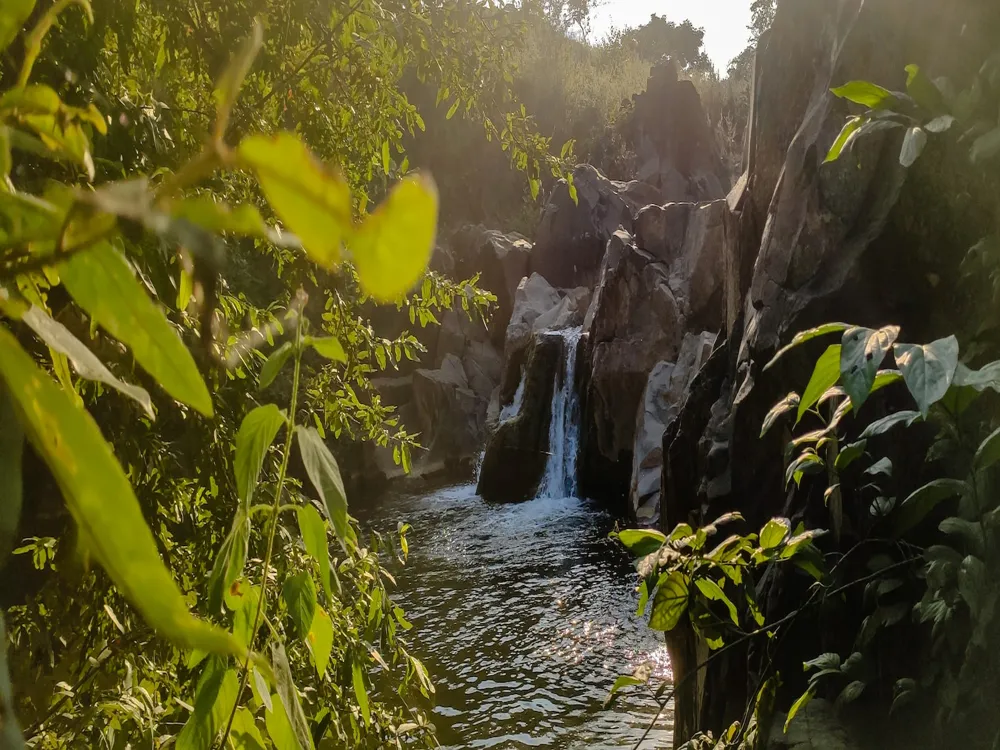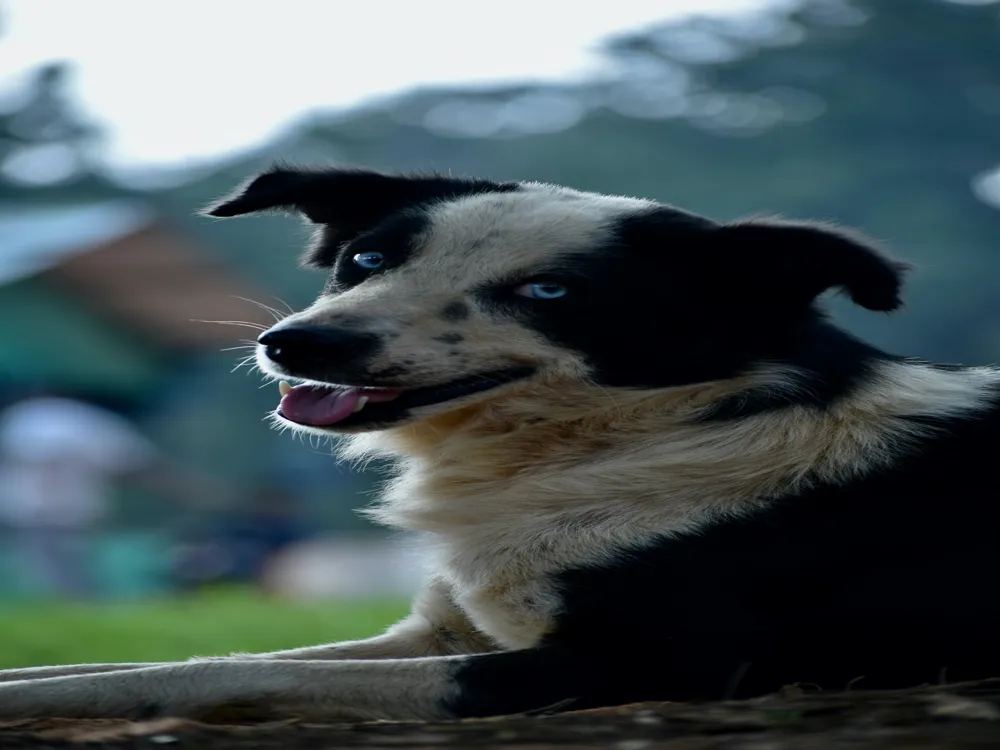Hanuman Dhoka, a historic and architectural marvel, stands proudly in the heart of Kathmandu, Nepal. This ancient palace complex, dating back to the Malla period, is named after the statue of Hanuman, the monkey deity, which guards its entrance. This site, rich in cultural and historical significance, has been a central part of Kathmandu's identity for centuries, witnessing numerous historical events and royal ceremonies. The complex is a mosaic of courtyards, temples, and shrines, each narrating a story from a different era. The architecture reflects a blend of Malla, Shah, and Rana dynasty styles, showcasing intricate woodwork, beautiful carvings, and ornate metalwork. The Hanuman Dhoka has been a UNESCO World Heritage Site since 1979, emphasizing its global importance. Historically, Hanuman Dhoka was the royal Nepalese palace, the center of political power, and the seat of the kings of Nepal. It saw the reigns of many kings, each contributing to its grandeur. The complex also holds religious significance, with several temples dedicated to Hindu gods and goddesses. The most auspicious of these is the Taleju Temple, which is opened to the public only once a year during the Dashain festival. The Durbar Square area, part of the Hanuman Dhoka complex, is a living museum of Nepali history. Here, one can witness a blend of daily life, cultural practices, and historical architecture. It's a place where the past and the present coexist, where traditional festivals and ceremonies are still celebrated with the same fervor as they were centuries ago. The devastating earthquake in 2015 caused significant damage to the Hanuman Dhoka, but restoration efforts are underway to return this historical gem to its former glory. The resilience of the structure and the people's commitment to its preservation is a testament to its importance in Nepali culture and history. The architecture of Hanuman Dhoka is a testament to the skill and artistry of Newari craftsmen over the centuries. The palace complex showcases a rich tapestry of architectural styles that have evolved over time, influenced by various dynasties that ruled Nepal. The primary architectural styles seen here are the Malla, Shah, and Rana styles, each adding unique elements to the complex. One of the most striking features of Hanuman Dhoka is its intricately carved wooden windows, doors, and struts. These carvings often depict deities, mythical creatures, and scenes from Hindu epics. The use of wood in Nepalese architecture is not just for aesthetic purposes but also for its earthquake-resistant properties. The Newari architects were masters in creating structures that could withstand the frequent earthquakes in the region. Another significant aspect is the courtyards or 'chowks'. The Nasal Chowk, Mul Chowk, and Sundari Chowk are the main courtyards, each serving different ceremonial and administrative purposes. The Nasal Chowk, for example, was used for coronations and important state functions. These courtyards are surrounded by multi-tiered temples, residential quarters, and administrative buildings, creating a microcosm of the city within the palace walls. The use of brick and stone along with wood is prominent in Hanuman Dhoka. The red bricks, typical of Kathmandu's architecture, add a warm hue to the complex. The temples within the complex, like the Taleju Temple, are excellent examples of pagoda-style architecture, characterized by tiered roofs, beautifully carved eaves, and gilded spires. The metalwork, particularly in the form of statues and gates, adds another layer of artistic expression to the complex. Finally, the integration of open spaces, like courtyards and gardens, with the built environment is a unique feature of Hanuman Dhoka. These spaces not only provide a respite from the urban density but also play a crucial role in social and religious gatherings. The overall architectural design of Hanuman Dhoka is not just about individual buildings but how these structures come together to create a harmonious and functional whole. The best time to visit Hanuman Dhoka is from October to November and from March to April. The weather is pleasant during these months, making it ideal for exploring the palace complex. Additionally, visiting during the Dashain festival in autumn can be a unique experience, as the palace comes alive with cultural festivities. Visitors are advised to dress modestly and respectfully, as Hanuman Dhoka is a site of religious and historical significance. It's recommended to avoid revealing clothing and to remove shoes before entering any temple within the complex. Opting for a guided tour can enhance your experience, as knowledgeable guides provide insights into the history, architecture, and cultural significance of Hanuman Dhoka. Many tour operators offer various options, including detailed historical tours and quick walkthroughs. While photography is generally allowed in the complex, there may be restrictions in certain areas, especially inside the temples. It's important to respect these rules and to ask for permission before taking photos of people or religious ceremonies. While there are no food and drink facilities inside the palace complex, numerous local eateries and cafes surround the area. Visitors can enjoy traditional Nepalese cuisine and international dishes in these establishments. Reaching Hanuman Dhoka is relatively easy, as it is located in the heart of Kathmandu. The most common ways to get there include: Regardless of the mode of transportation, visitors should be prepared for the bustling traffic and narrow streets typical of Kathmandu's old city area. Read MoreOverview of Hanuman Dhoka, Kathmandu
Architecture of Hanuman Dhoka
Tips When Visiting Hanuman Dhoka
Best Time to Visit
Dress Code and Etiquette
Guided Tours
Photography Restrictions
Food and Drink
How To Reach Hanuman Dhoka
Hanuman Dhoka
Kathmandu
₹ 11,658 onwards
View kathmandu Packages
Weather :
Tags : Temple
Timings : Tuesday - Saturday: 10:30 AM - 4:30 PM
Sunday: 10:30 AM - 2:30 PM
Closed on Monday
Entry Fee : NPR 750 per person for Foreigners
NPR 150 per person for SAARC Citizens
Planning a Trip? Ask Your Question
Kathmandu Travel Packages
View All Packages For Kathmandu
Top Hotel Collections for Kathmandu

Private Pool

Luxury Hotels

5-Star Hotels

Pet Friendly
Top Hotels Near Kathmandu
Other Top Ranking Places In Kathmandu
View All Places To Visit In kathmandu
View kathmandu Packages
Weather :
Tags : Temple
Timings : Tuesday - Saturday: 10:30 AM - 4:30 PM
Sunday: 10:30 AM - 2:30 PM
Closed on Monday
Entry Fee : NPR 750 per person for Foreigners
NPR 150 per person for SAARC Citizens
Planning a Trip? Ask Your Question
Kathmandu Travel Packages
View All Packages For Kathmandu
Top Hotel Collections for Kathmandu

Private Pool

Luxury Hotels

5-Star Hotels

Pet Friendly







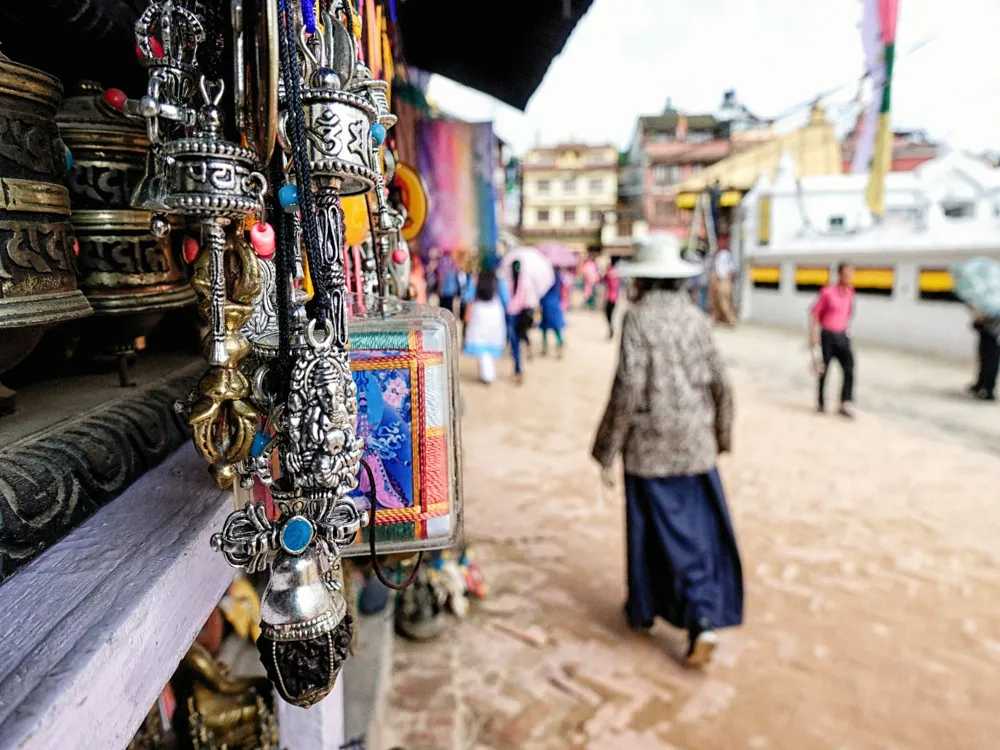
/asan-bazar-asan-tole-slider-1.webp)
